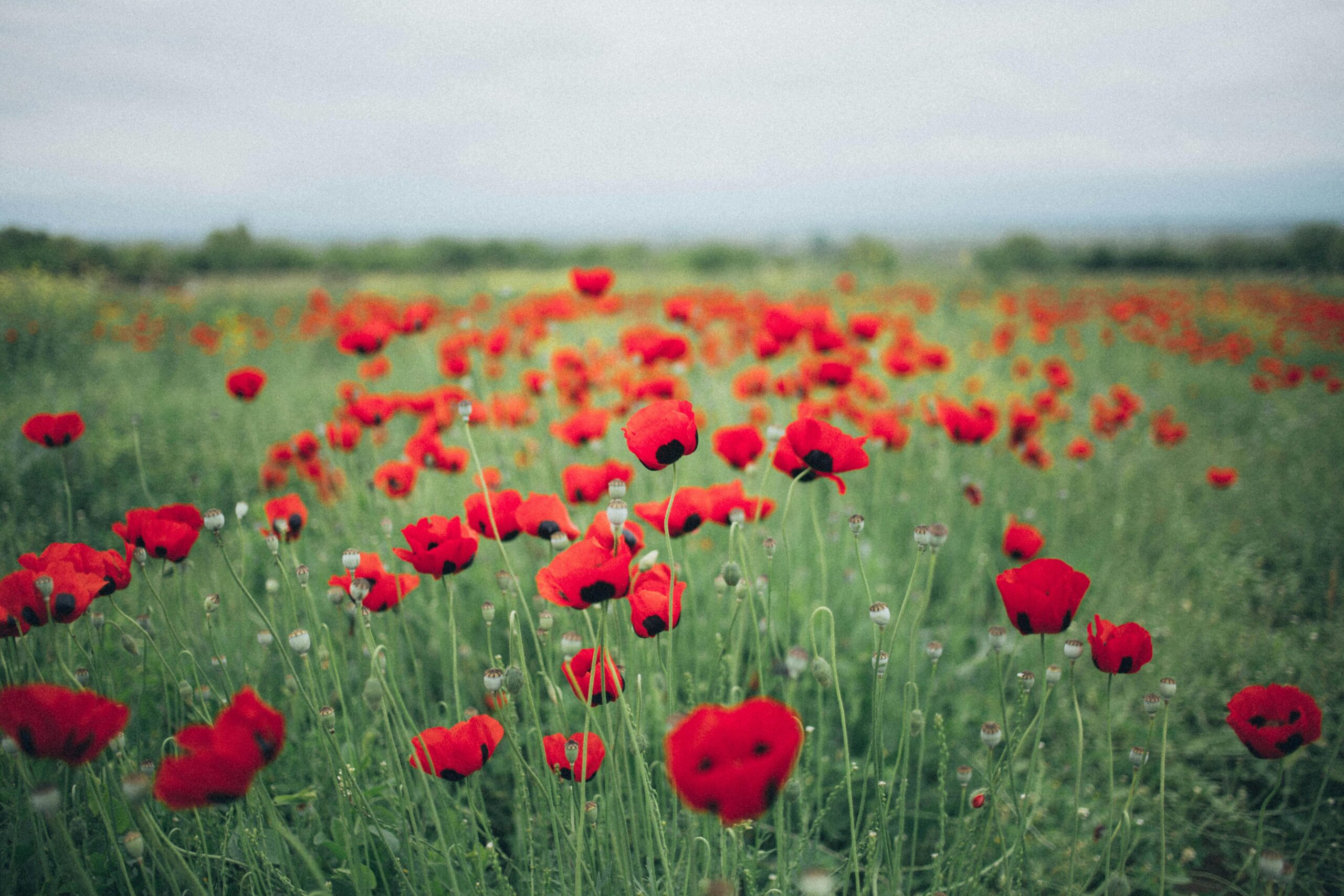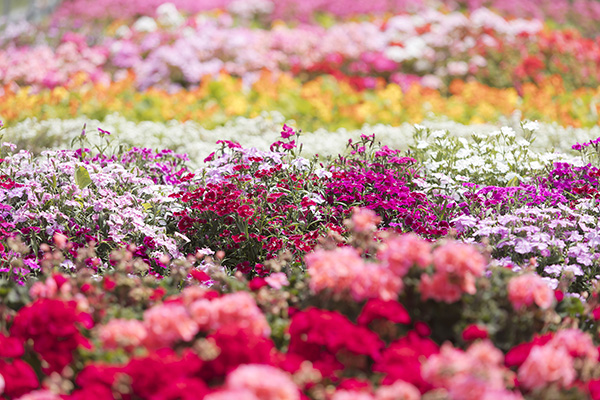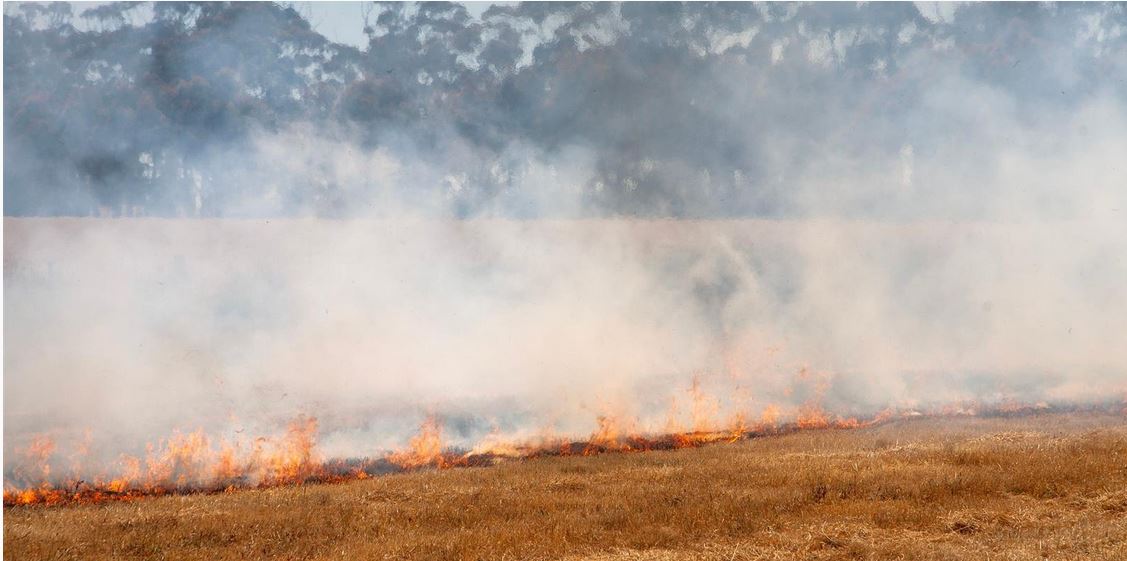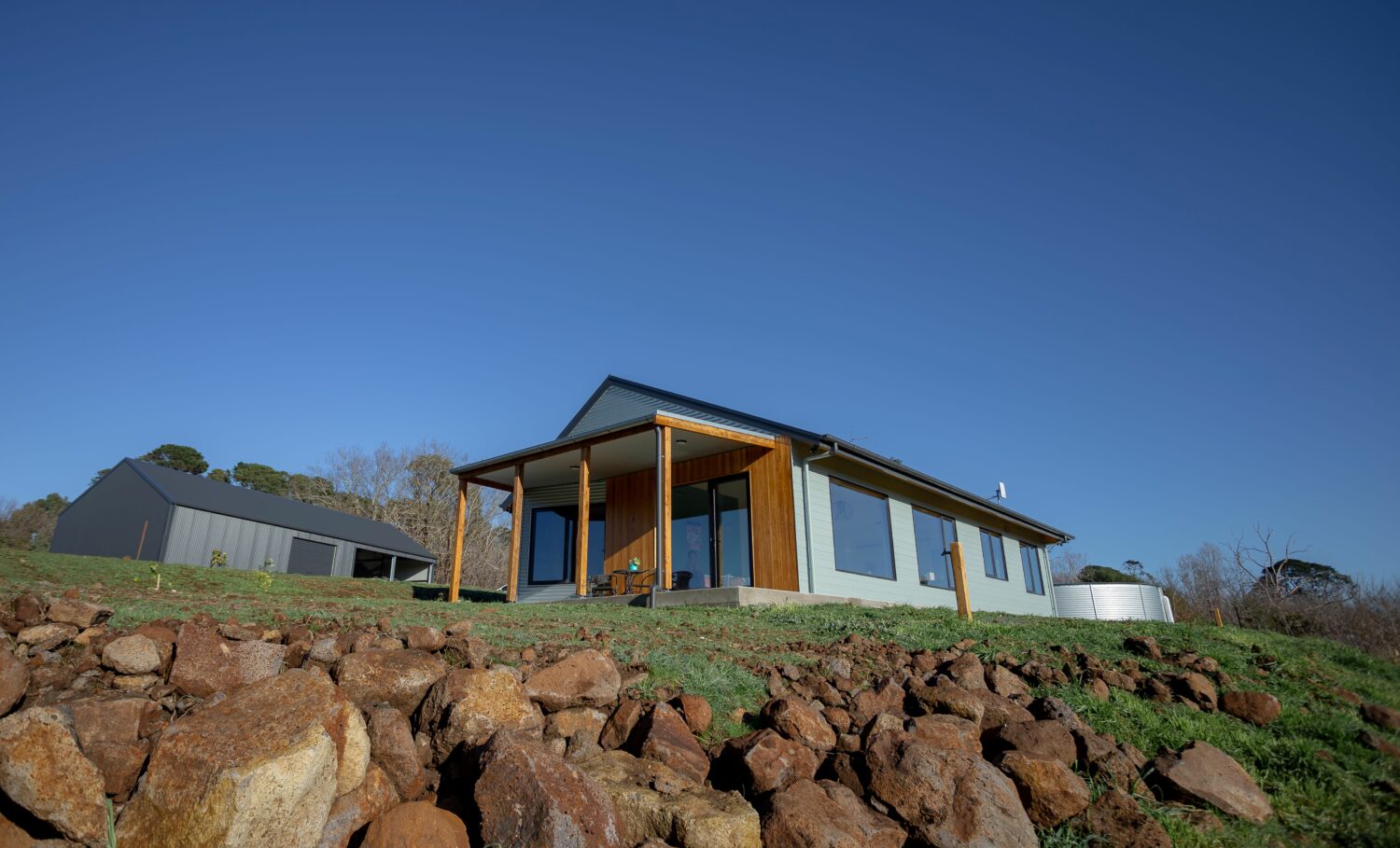July 8th, 2022Glen around the house
Operation green thumb
With all of the main northern states’ fruit and veg providers devastated and unlikely to even return to their properties for quite some time, let alone produce crops, it’s painfully obvious that we will have make do for ourselves – and that simply means growing our own. Easy.
The establishment of even the simplest vegetable garden can mean that you could enjoy at least one or two favourite vegetables, fresh-picked, at any time of the year.
You don’t need a market garden with massive crops all maturing at once to provide a year-round supply of greens and vegetables for your family. Simply a continuous supply of all that you can eat at one time and that can be achieved by planting or sowing a handful of seeds or seedlings at regular intervals throughout their specific planting season.
Even the smallest garden can turn out useful crops because you can integrate most vegetables with your existing plant life. Any free sunny spot in the garden will do, as long as they won’t be getting too much competition from tree or shrub roots. The climbers, peas and beans, will thrive on a tripod or wire trellis-covered fence in the sun.
Although every plant species has its own particular needs when it comes to soil, a general rule of thumb is to plant them all out into a bed or container of a generous mix of crumbly loam, well-rotted compost or leaf mould (saved from autumn) and enough sand to guarantee good drainage, all at a depth of at least 30cm. This is especially important for root crops.
Naturally, coming into the coldest winter months of the year, your choices of crop other than leaf or roots are limited, simply because long sunny days are a pre-requisite for the development and ripening of fruits and berries.
Luckily everything else will be fine to plant now. We just need to get things growing as soon as possible to avoid these horrendous prices. And who knows how long they will last or whether there’s more rises ahead.
Fortunately, most varieties of vegetable are available both in seed and seedling form. Obviously the seedlings are more expensive than seeds but they have a three- or four-week headstart and at least you know they are growing.
The trick would be to plant out seedlings of whatever variety you need, be it lettuce or Brussels sprouts, and then sow a similar number of seeds in weekly batches to extend your cropping in manageable quantities. Your first batch should be well and truly ready by the time the original seedling crop are exhausted.
Perennial leafy greens, such as silverbeet or Swiss chard and especially rhubarb, unlike the cropping plants, can be regularly harvested for several years before needing replacement. Being highly ornamental they won’t seem out of place if planted in small clumps throughout the shrubbery, under fruit trees, or as garden border plants. Harvesting of the outer leaves can begin as soon as there are sufficient growths remaining to support healthy regrowth.
There are many suitable and easily grown varieties of vegetable to choose from including: potatoes, Jerusalem artichokes, onions, shallots, parsnips, turnips, beetroot, cabbage, cauliflower, broccoli and Brussels sprouts, and a whole range of Asian cousins. And don’t forget the culprit that started all of this – lettuces – all can be planted (or sown) right now.
Who knows, you may be so successful that you decide to build yourself an amazing self-watering ‘wick garden’. For a full explanation and details of this, read my column in Issue 190, July 27, 2020 or email glenzgarden@gmail.com for a copy.
Got a gardening question: Email glenzgarden@gmail.com










